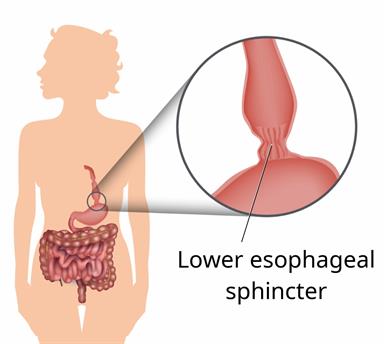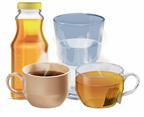Laparoscopic Heller Myotomy

Your esophagus is the part of your body that moves food from your mouth to your stomach. When you swallow, muscles in a part of your esophagus called the lower esophageal sphincter (LES) relax to let food into your stomach. If the muscles don't relax like they should, you may have a condition called achalasia. It can be treated with a surgery called laparoscopic Heller myotomy.
During the surgery, the muscles that won't relax are cut. This helps you to swallow.
Tell a health care provider about:
-
Any allergies you have.
-
All medicines you're taking, including vitamins, herbs, eye drops, creams, and over-the-counter medicines.
-
Any problems you or family members have had with anesthesia.
-
Any bleeding problems you have.
-
Any surgeries you've had.
-
Any medical conditions you have.
-
Whether you're pregnant or may be pregnant.
What are the risks?
Your health care provider will talk with you about risks. These may include:
What happens before the surgery?
When to stop eating and drinking

Follow instructions from your provider about what you may eat and drink. These may include:
- 8 hours before your surgery
Stop eating most foods. Do not eat meat, fried foods, or fatty foods.
Eat only light foods, such as toast or crackers.
All liquids are okay except energy drinks and alcohol.
- 6 hours before your surgery
Stop eating.
Drink only clear liquids, such as water, clear fruit juice, black coffee, plain tea, and sports drinks.
Do not drink energy drinks or alcohol.
- 2 hours before your surgery
If you don't follow your provider's instructions, your surgery may be delayed or canceled.
Medicines
Ask your provider about:
Changing or stopping your regular medicines. These include any diabetes medicines or blood thinners you take.
Taking medicines such as aspirin and ibuprofen. These medicines can thin your blood. Do not take them unless your provider tells you to.
Taking over-the-counter medicines, vitamins, herbs, and supplements.
Surgery safety
Ask your provider:
General instructions
- If you'll be going home right after the surgery, plan to have a responsible adult:
What happens during the surgery?
-
An IV will be inserted into one of your veins.
- You'll be given:
-
Small cuts called incisions will be made in your belly. Tools will be put through those cuts.
-
A tube will be put into one cut. It will be used to fill your belly with gas. This will make the area easier to see.
-
A tube called a laparoscope will be put into another cut. This sort of tube has a camera on the end of it. It will send pictures to a screen in the room.
-
The tools will be used to cut the muscles that won't relax.
-
Your cuts will be closed with stitches (sutures), skin glue, or tape strips. They may also be covered with a bandage called a dressing.
The procedure may vary among providers and hospitals.
What happens after the surgery?
-
Your blood pressure, heart rate, breathing rate, and blood oxygen level will be monitored until you leave the hospital or clinic.
-
You'll have an IV until you can drink on your own.
- You may be given medicines to help with:
Pain.
Nausea and vomiting.
This information is not intended to replace advice given to you by your health care provider. Make sure you discuss any questions you have with your health care provider.

 Follow instructions from your provider about what you may eat and drink. These may include:
Follow instructions from your provider about what you may eat and drink. These may include: